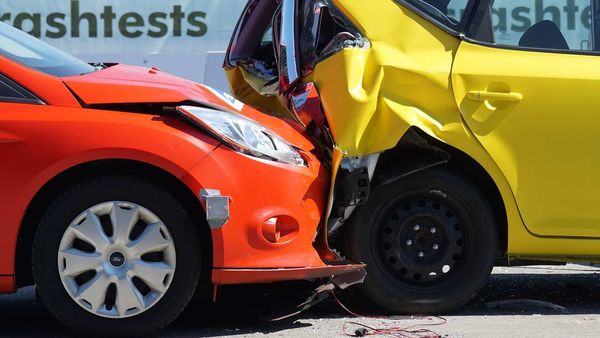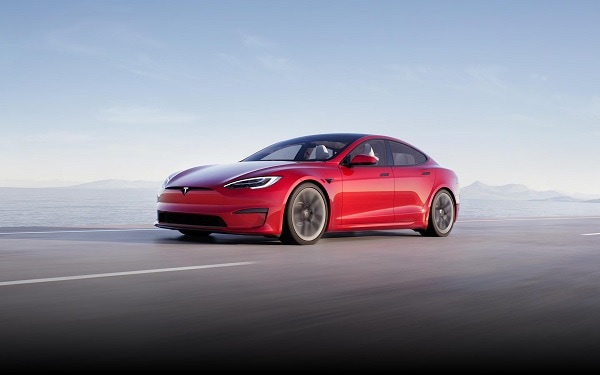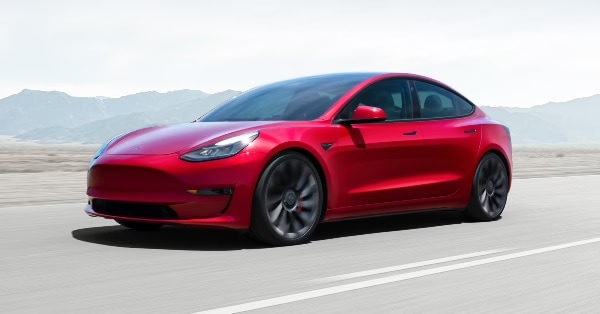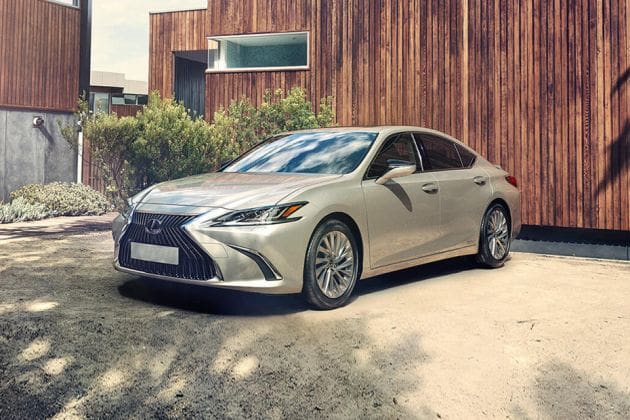Are safety features making your drive unsafe? Study underlines need for focus


ABS with EBD, Hill Assist Control, Collision Warning System, Lane Assist System, semi-autonomous drive mode, self-parking and summon modes - cars these days are packed to the brim with safety features that promise to keep the driver and passengers safer when on the move than ever before. And while the enormous contribution of these and many other safety highlights is beyond reasonable doubt, a recent study conducted in the US has thrown up some interesting observations about the possibility of some safety features making people more and more complacent when driving in the real world.
In a study conducted by Insurance Institute for Highway Safety and MIT's AgeLab, it was found that many of the participating volunteers over a period of a month were found taking their hands off the steering wheels once they became accustomed to the driver-assist systems in the cars provided to them. Many of them were also found to be more distracted, possibly assuming that the host of safety features on board will be in complete control to avoid any possible mishap.
Also check these Vehicles
(Related read - Tesla with 8 cams can be superhuman: Elon Musk makes case for autonomous driving)
The study has the volunteers drive either a Range Rover Evoque with Adaptive Cruise Control or the Volvo S90 with Adaptive Cruise Control and Pilot Assist.


ABS with EBD, Hill Assist Control, Collision Warning System, Lane Assist System, semi-autonomous drive mode, self-parking and summon modes - cars these days are packed to the brim with safety features that promise to keep the driver and passengers safer when on the move than ever before. And while the enormous contribution of these and many other safety highlights is beyond reasonable doubt, a recent study conducted in the US has thrown up some interesting observations about the possibility of some safety features making people more and more complacent when driving in the real world.
In a study conducted by Insurance Institute for Highway Safety and MIT's AgeLab, it was found that many of the participating volunteers over a period of a month were found taking their hands off the steering wheels once they became accustomed to the driver-assist systems in the cars provided to them. Many of them were also found to be more distracted, possibly assuming that the host of safety features on board will be in complete control to avoid any possible mishap.
(Related read - Tesla with 8 cams can be superhuman: Elon Musk makes case for autonomous driving)
The study has the volunteers drive either a Range Rover Evoque with Adaptive Cruise Control or the Volvo S90 with Adaptive Cruise Control and Pilot Assist.
The study observed that while drivers took complete control in the initial parts of the study, most of them began getting distracted as time passed. "Drivers were more than twice as likely to show signs of disengagement after a month of using Pilot assist compared with the beginning of the study," Ian Reagen, IIHS Senior Research Scientist, said.
The study notes that the Pilot Assist system inside the Volvo, similar to Tesla’s Autopilot, Cadillac’s Super Cruise and Mercedes-Benz’s Intelligent Drive, is not meant to replace the person behind the wheel. It further highlights that these systems are as yet incapable of completely - and independently - negotiating real-world conditions. However, because these system tend to control speed and steering, drivers can often become rather complacent and put complete faith in technology. "This study supports our call for more robust ways of ensuring the driver is looking at the road and ready to take the wheel when using Level 2 systems," said Reagan.
So while it is still highly advisable to buy and drive a vehicle with a long list of safety features, it is imperative that blind faith in these features never replace the single-biggest priority when driving - keeping focus.








 75 kWh
75 kWh 396 km
396 km

 1868.0 cc
1868.0 cc 17.5 kmpl
17.5 kmpl
 Multiple
Multiple












